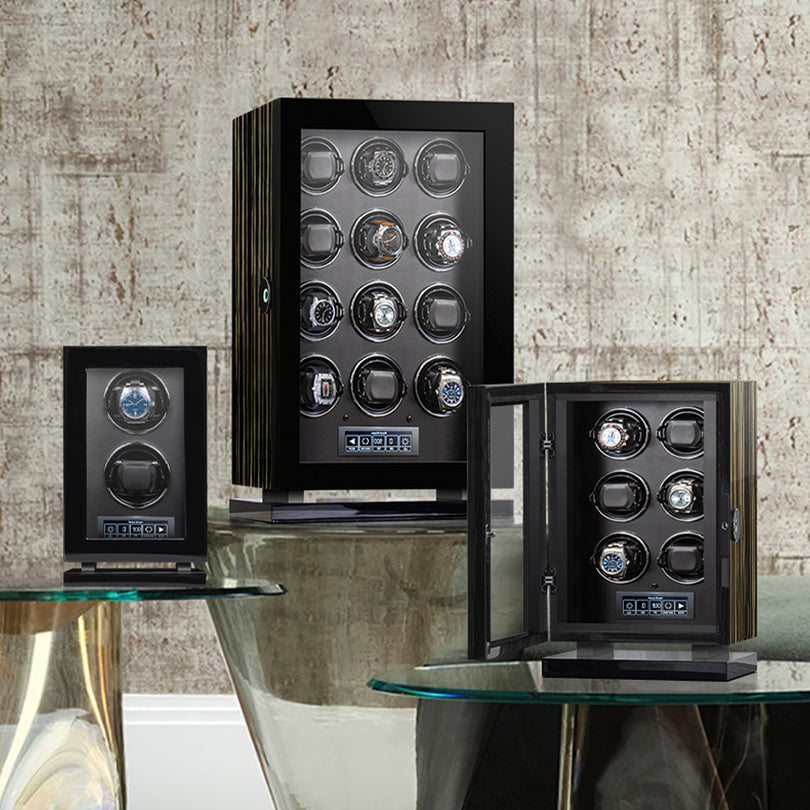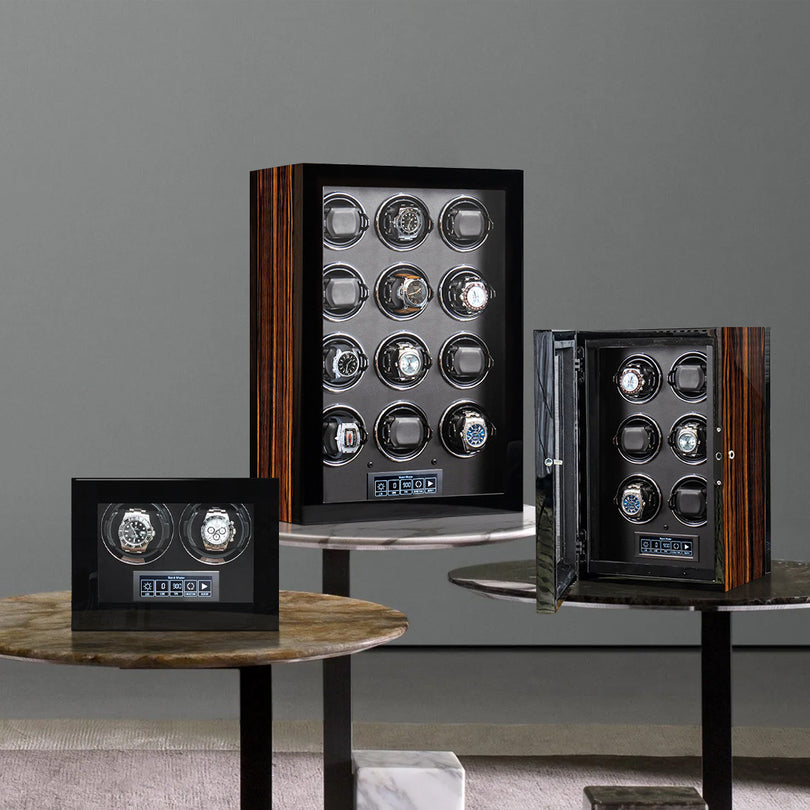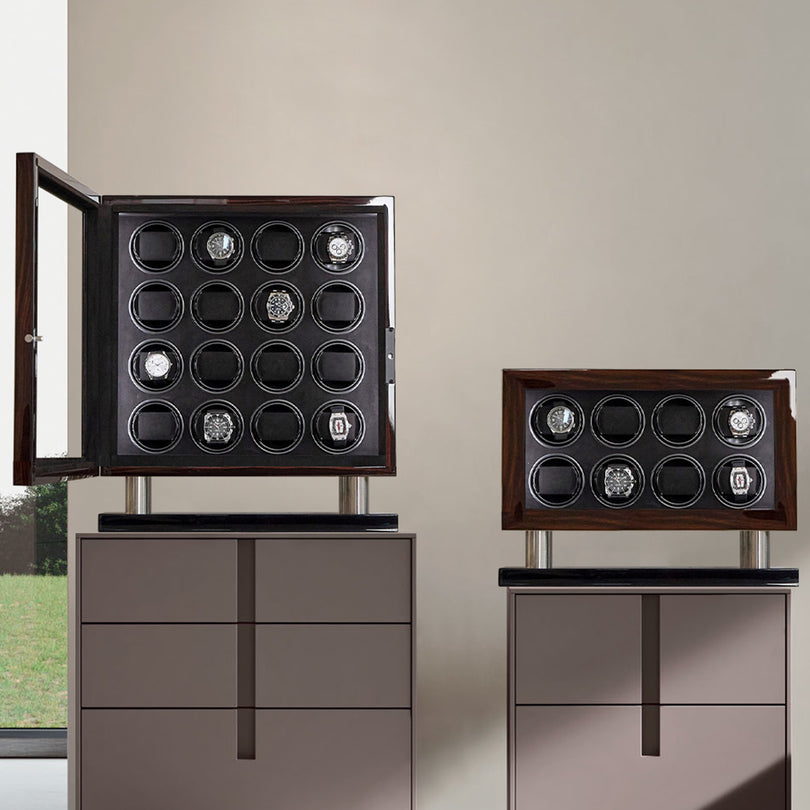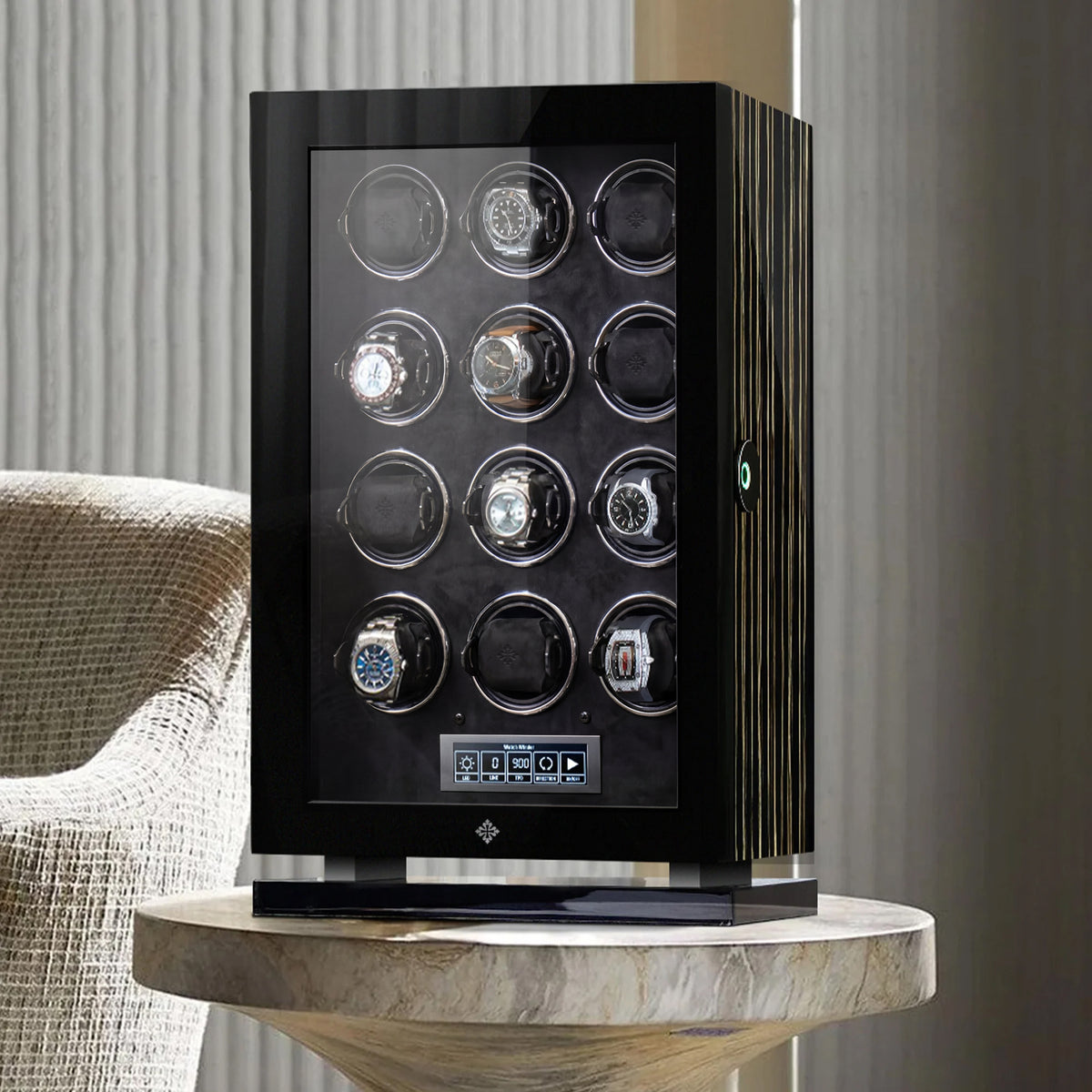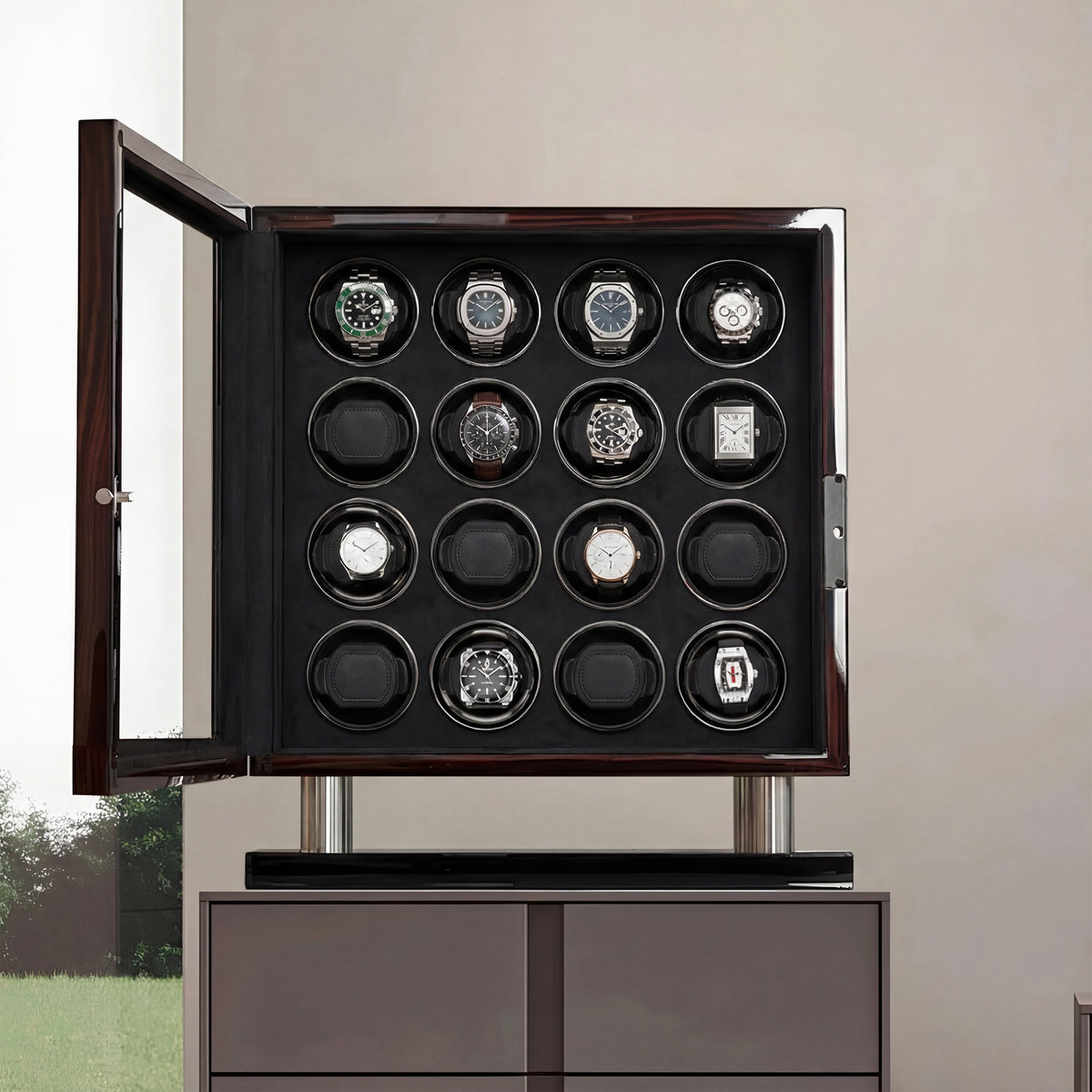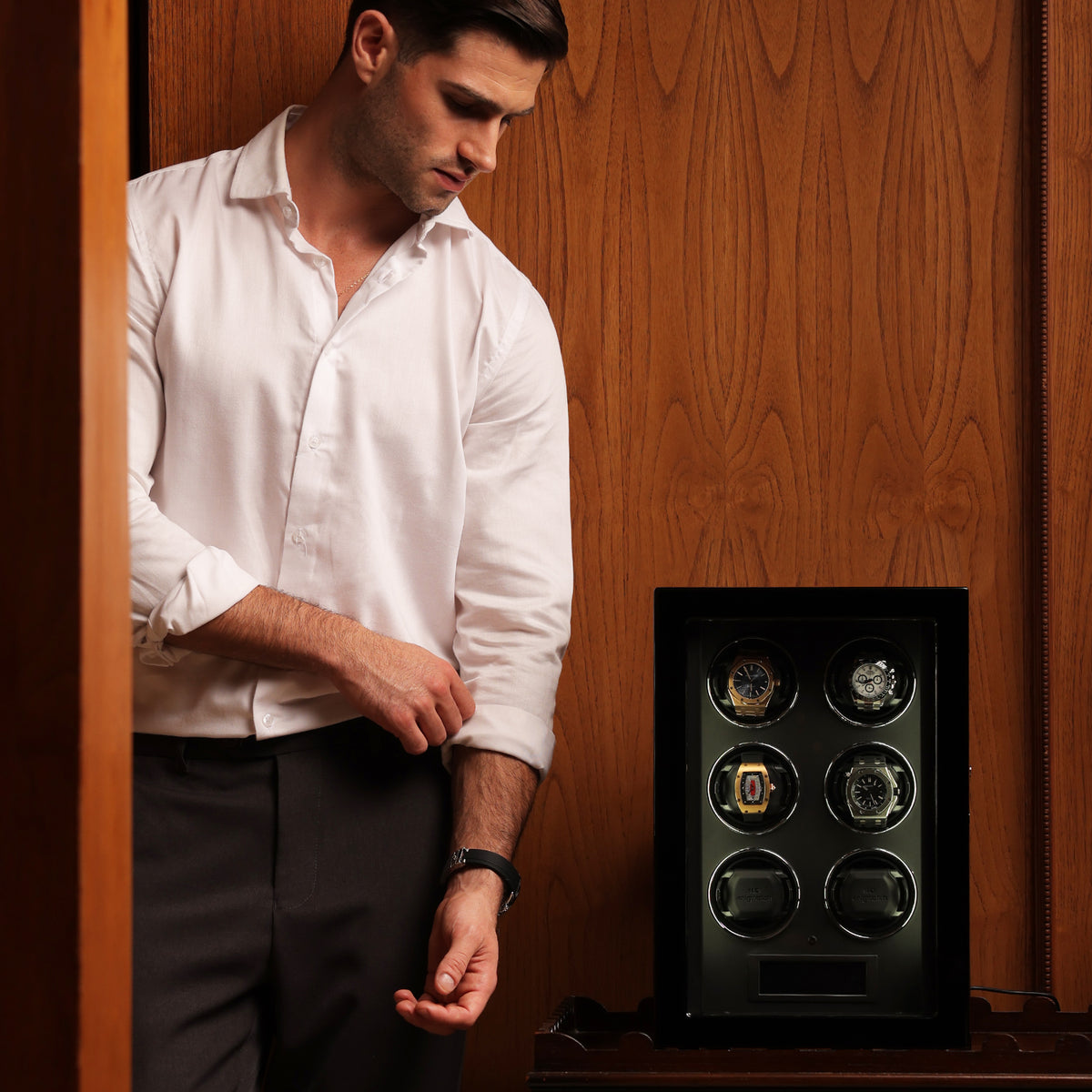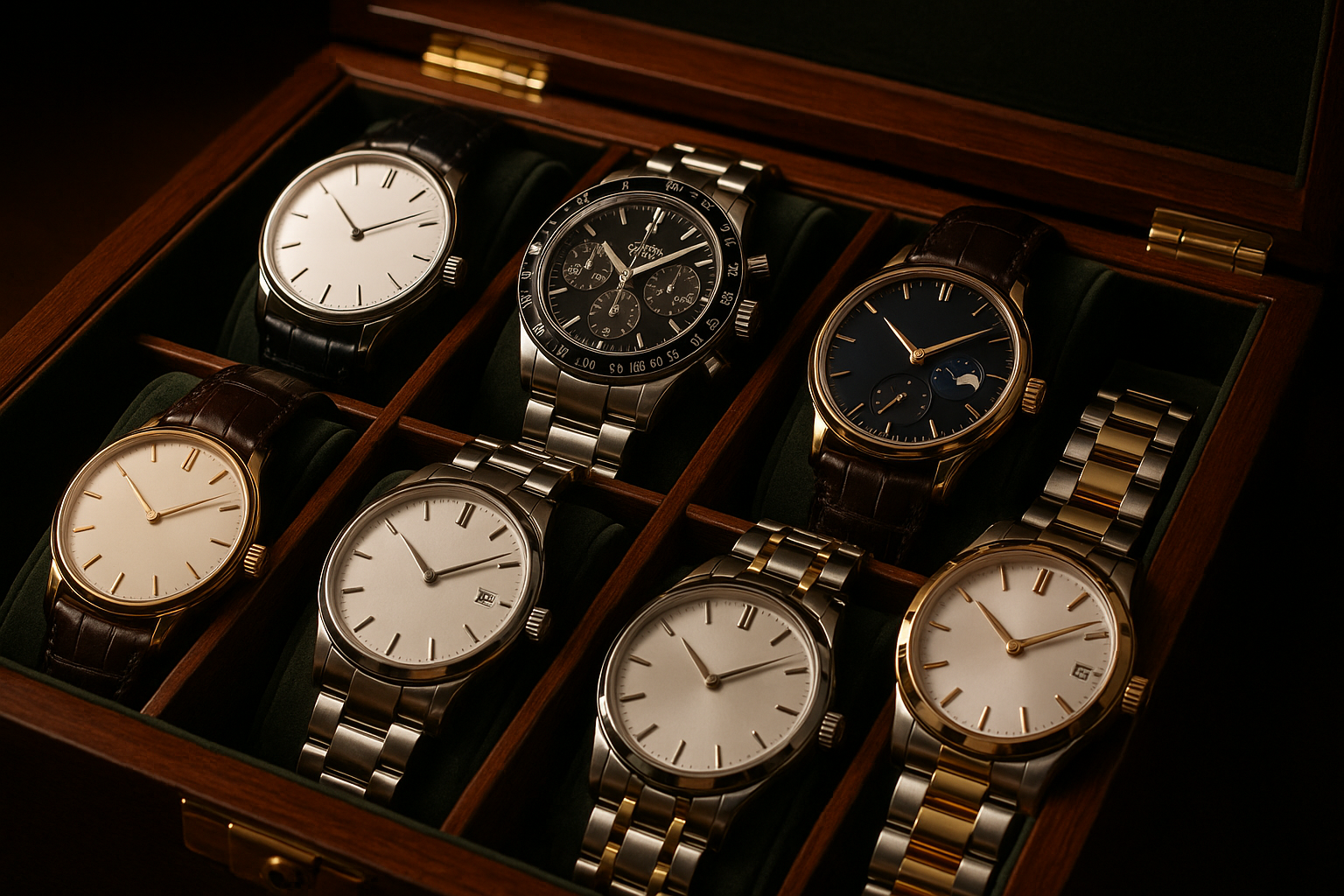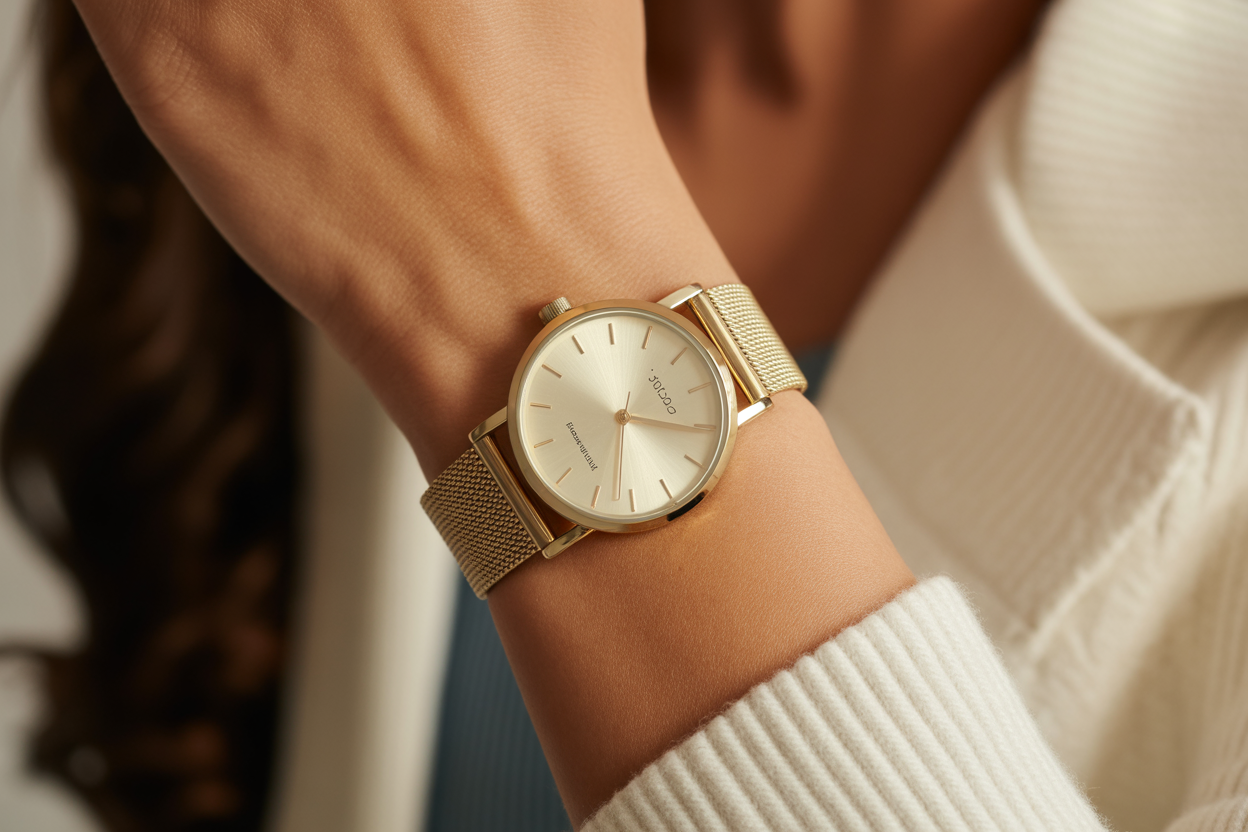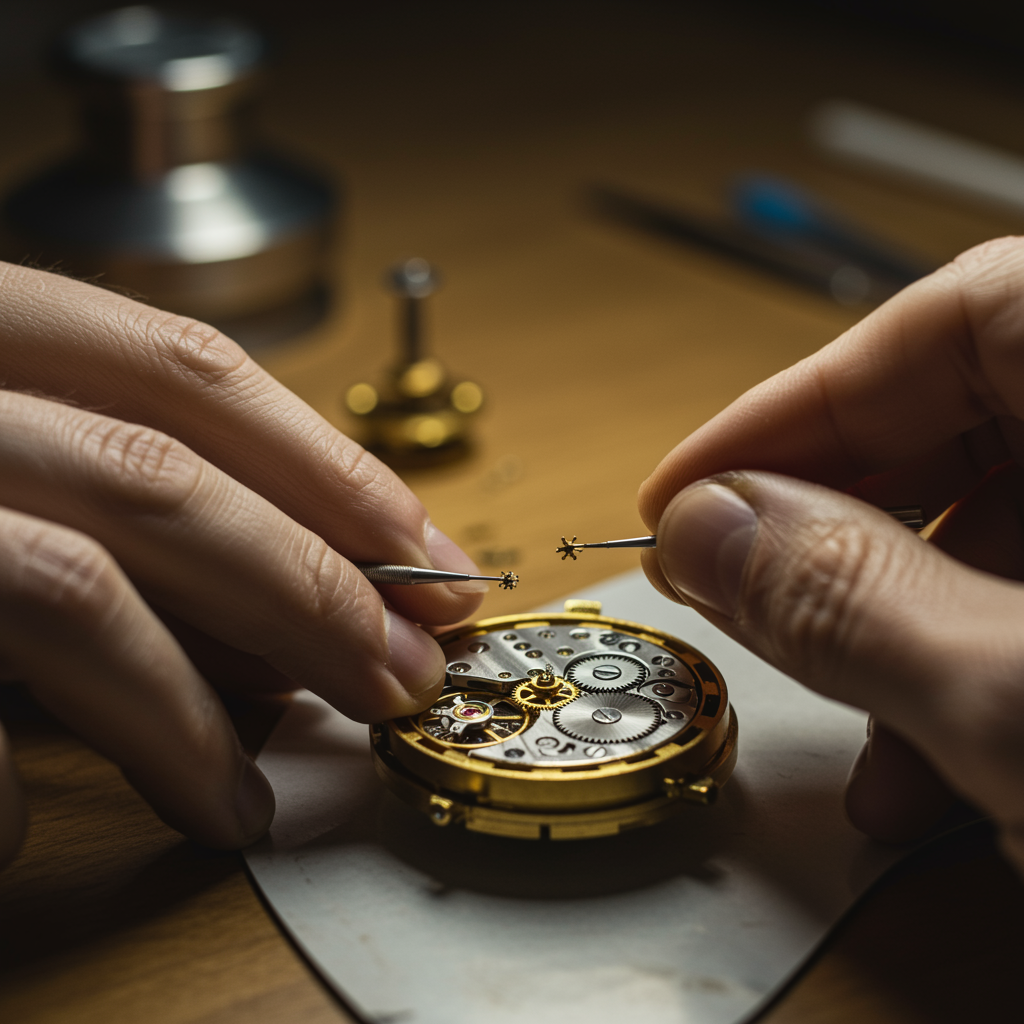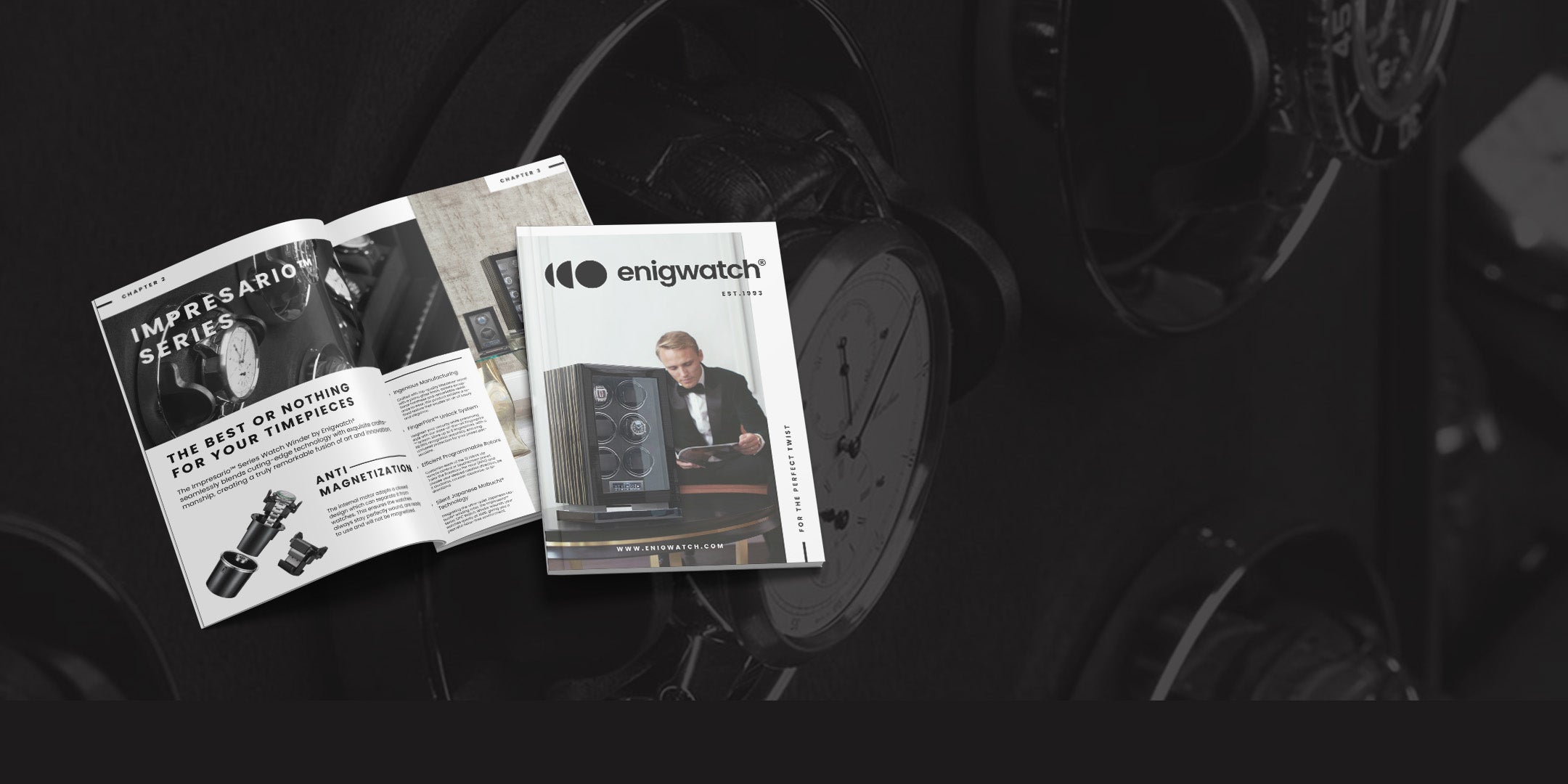Tissot and Longines are two of the most popular Swiss watch brands, both with a rich history and a strong reputation for quality and craftsmanship. In this comprehensive comparison article, we will delve into the history, design, materials, movement, accuracy, price, value, and overall appeal of Tissot vs Longiness, to help you make an informed decision when choosing your next timepiece.
History: Tissot vs Longiness

Tissot, founded in 1853 by Charles-Félicien Tissot and his son Charles-Emile Tissot in Le Locle, Switzerland, has built its reputation on producing high-quality, innovative timepieces at affordable prices. Known for its pioneering spirit, Tissot introduced the first mass-produced pocket watch in 1853 and the first dual time-zone pocket watch in 1858.
In earlier years, Longines, established in 1832 by Auguste Agassiz in Saint-Imier, Switzerland, is one of the oldest Swiss watch manufacturers. The brand is renowned for its precision, elegance, and expertise in the world of sports timing. The Longines "winged hourglass" logo is the oldest registered trademark for a watchmaker still in use today.
You might also like: Protect Your Investment: The 3 Best Watch Winders for Your Rolex Collection (2023 Review)
Design: Tissot vs Longiness
Tissot offers a wide range of designs, from classic dress watches to sporty chronographs and innovative smartwatches. The Tissot T-Touch collection, for example, is known for its multifunctionality, featuring touch-sensitive sapphire crystals that allow users to access various functions, such as a compass, altimeter, and thermometer.
Longines, on the other hand, is synonymous with elegance and sophistication. The brand offers a refined selection of timepieces, often featuring classic designs with simple, clean dials and slim cases. The Longines Master Collection and the Heritage Collection are perfect examples of the brand's commitment to timeless elegance.
Materials: Tissot vs Longiness
Both Tissot and Longines use high-quality materials in their watch production. Stainless steel, gold plating, titanium, and sapphire crystals are common across both brands' collections. Tissot, however, also incorporates more innovative materials, such as ceramic and silicon, in some of their models, particularly in the T-Touch and Powermatic collections.
You might also like: 5 Best Watches Under $3000
Movement: Tissot vs Longiness
Both Tissot and Longines utilize premium materials in the manufacturing of their watches, ensuring durability and longevity. Common materials used by both brands include stainless steel, gold plating, titanium, and scratch-resistant sapphire crystals, which enhance the overall appeal and functionality of their timepieces.
Tissot, in particular, is known for embracing innovative materials to elevate the performance and aesthetic of their watches. The brand employs the use of ceramics, which are lightweight, scratch-resistant, and hypoallergenic, in select models like the T-Touch and Powermatic collections. Furthermore, Tissot also incorporates silicon components in their movements, offering increased precision and reduced susceptibility to environmental factors such as temperature fluctuations and magnetic fields. This cutting-edge approach to material use sets Tissot apart and highlights their commitment to continuous innovation.
You might also like: 5 Best Watches Under $1000
Accuracy: Tissot vs Longiness

Swiss watch brands, including Tissot and Longines, have a well-earned reputation for their precision and accuracy, which is achieved through the use of high-quality Swiss movements in their timepieces. The movements are meticulously crafted and undergo rigorous testing to ensure their performance meets or exceeds the industry standards.
Many of the watches produced by Tissot and Longines are certified as chronometers by the Official Swiss Chronometer Testing Institute (COSC). This prestigious certification is only awarded to timepieces that have undergone a series of stringent tests and demonstrated exceptional precision and reliability. COSC-certified watches undergo a 15-day testing period, during which their accuracy is measured in multiple positions and temperatures to ensure they maintain a consistent level of performance under various conditions.
By incorporating COSC-certified movements in their watches, Tissot and Longines provide customers with the assurance that their timepieces are not only of Swiss quality but also demonstrate a high degree of precision, making them reliable companions for daily wear or professional use.
You might also like: 6 Best Watches Under $5000 to Level Up Your Style
Price: Tissot vs Longiness
Tissot has built a reputation for providing affordable luxury, catering to a wide range of budgets with prices for most models spanning from $250 to $2,000. This makes the brand an attractive option for those seeking quality Swiss timepieces without a hefty price tag. Tissot's diverse collection of watches includes everything from classic dress watches to sporty chronographs and cutting-edge smartwatches, ensuring there is a suitable option for every preference.
Longines, while still maintaining an accessible price range, positions itself at a slightly higher tier, with watches generally priced between $1,000 and $5,000. This elevated price point reflects the brand's focus on elegance, sophisticated designs, and exceptional mechanical movements, catering to discerning watch enthusiasts who appreciate refined timepieces.
Despite the differences in their pricing strategies, both Tissot and Longines deliver exceptional value by offering high-quality, expertly-crafted Swiss watches at competitive prices. Their commitment to precision, durability, and design ensures that customers can invest confidently in timepieces that not only look stunning but also provide reliable performance for years to come.
Value: Tissot vs Longiness
When it comes to value, both Tissot and Longines are known for offering high-quality timepieces at competitive prices. Tissot's accessible price points and innovative features make it an attractive option for those seeking a reliable, stylish watch without breaking the bank. With its elegant designs and exceptional mechanical movements, Longines provides an excellent option for those seeking a more refined, sophisticated timepiece at a reasonable price. Ultimately, the value of a watch will depend on your personal preferences and the specific features you prioritize.
You might also like: Panerai vs Rolex: Find Out Who’s the Best! (2023 Review)
Conclusion
In conclusion, both Tissot and Longines offer exceptional Swiss craftsmanship and quality, each with their unique strengths and characteristics. Tissot is an excellent choice for those seeking innovative features, a wide range of designs, and affordable luxury. Longines, on the other hand, is perfect for watch enthusiasts who appreciate timeless elegance, refined designs, and superior mechanical movements.
Ultimately, the choice between Tissot and Longines will come down to your personal style, budget, and the specific features you value in a timepiece. By understanding the history, design, materials, movement, accuracy, price, and value of each brand, you'll be better equipped to make an informed decision and find the perfect watch to suit your needs.

